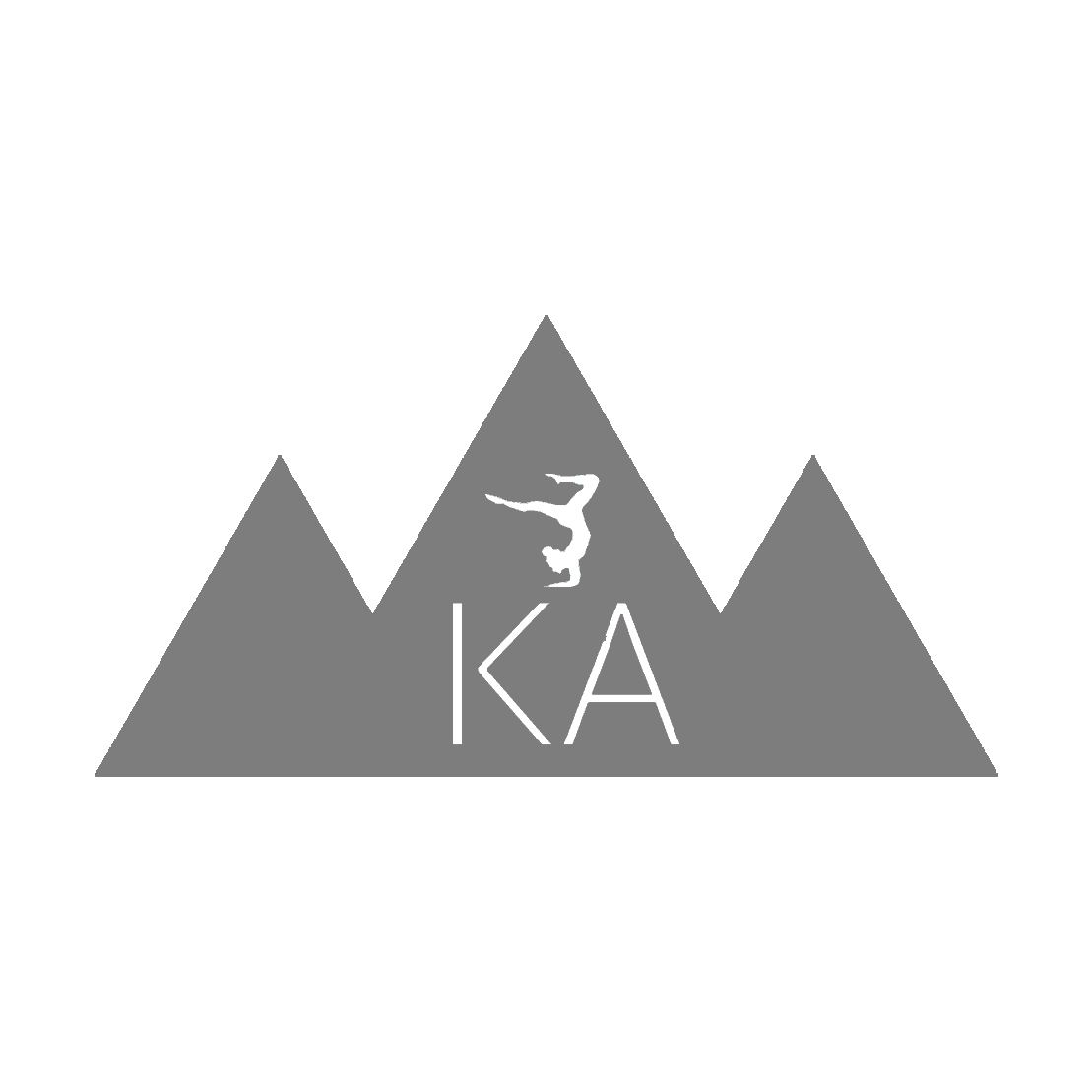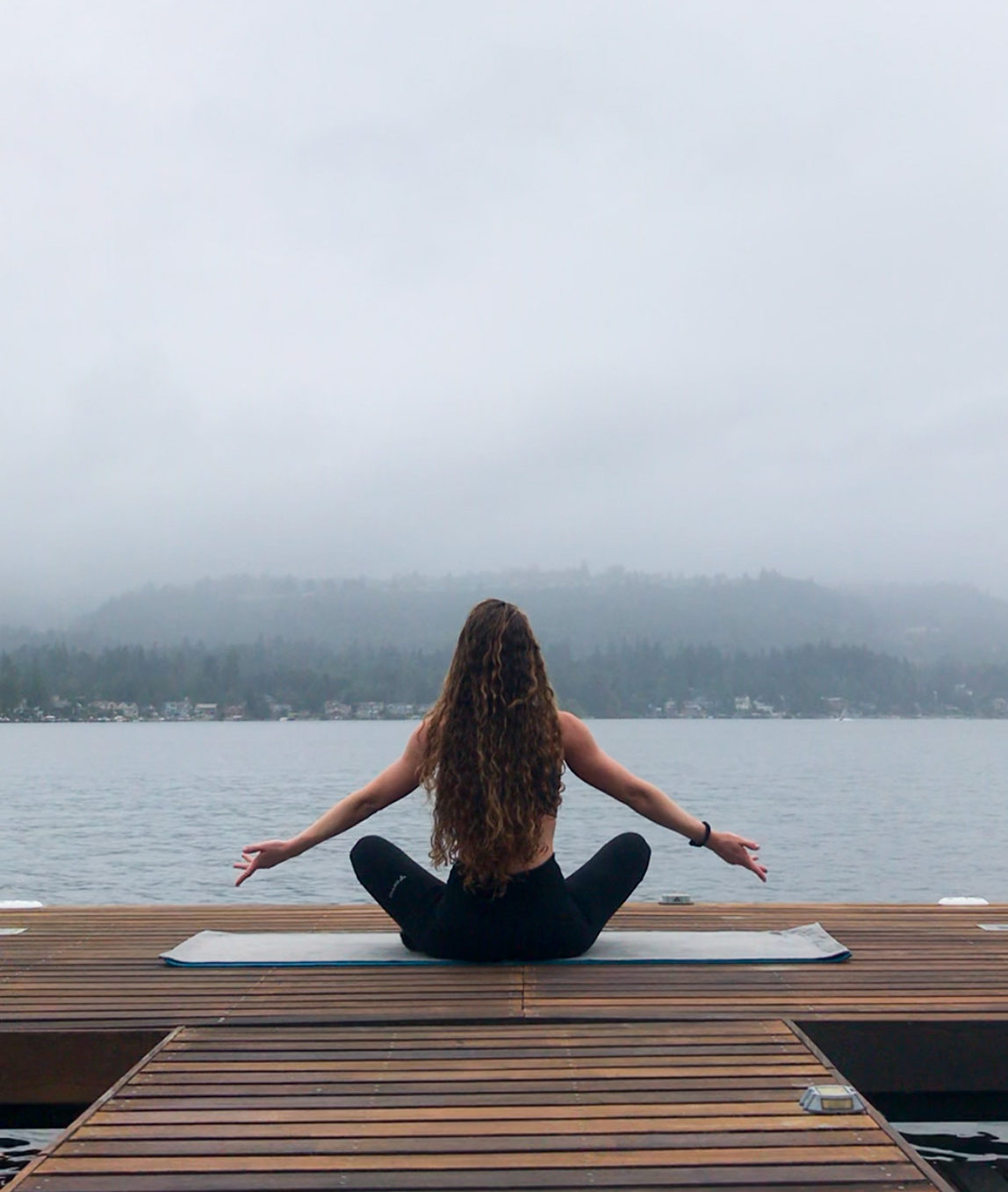Inhale. Exhale.
Such a simple act is far more powerful than we even realize. Our language embraces referencing the breath for almost everything. If something is beautiful, it takes our breath away. If something is frustrating, we are told to take deep breaths to calm down. If something is hard, we are told to keep breathing through it. Even if we have hiccups, we hold our breath.
It is such a simple cure to so many obstacles that present themselves daily, but so often it is overlooked.
A natural breath begins with the belly expanding and making room for the lungs to expand on the inhale, then relaxing back to neutral to expel the air on the exhale. If you have ever seen a new baby breathe, you will notice the stomach is the part of the body that moves the most. The belly breathing allows more oxygen to enter the lungs from the bottom up. Once the lower lungs are full, the expansion travels up the ribcage to the clavicle, which is where we see the movement in the chest during the breath.
The deeper the breath, the more space we create in our bodies. Pushing out the belly creates more room for the lungs by using the diaphragm to squish all your guts down, this is what creates the deeper, fuller breath.
More space means more air and more air means more oxygen.
When the lungs receive ample oxygen, a signal is sent to the brain letting it know that everything is fine and it’s alright to relax. When we begin to breath with the chest, less oxygen is received and a message is sent to the brain that something is amiss and it prepares to activate the fight or flight response.
This chest breathing is what most of us do because we (whether we realize it or not) have been conditioned to breathe that way.
Modern culture and media portray images of skinny people with flat tummies that are, supposedly, the most beautiful. Our humanness kicks in and we want to be beautiful so we learn to suck the belly in and keep it sucked in throughout our daily activities. Engaging in chest breathing requires more energy because it uses smaller, weaker muscles in the chest and ribs to expand the lungs during breathing. Belly breathing uses large, strong muscles to breathe so we expend less energy and effort to achieve that fuller, deeper breath. Sucking in the belly restricts the full, deep breath which is what leads to the brain constantly being on the edge of fight or flight. When you’re in that state, relaxation is near impossible and stress begins to creep in.
Stress, anxiety, and worry are exhausting, especially when we don’t know how to efficiently deal with them. The first step is to realize that when these feelings arise, our breathing changes from a natural breath, to the shorter, faster chest breath. Draw the attention to how the body reacts when those disturbances occur. Once you are aware of how your body reacts to stress, notice the tightness of your breath, and gradually begin to lengthen the inhales and exhales.
These full body breaths send those signals to the brain to chill out.
Experiment with this exercise. Start with when you are in the car driving. Like many of you out there, I am triggered by drivers that I consider inadequate to be on the roads. But who am I to decide?
Anyway, when you navigate through traffic there will be plenty of moments where you’ll find frustration, irritation, and downright stupidity that brings out different emotions. First acknowledge how you are feeling, then direct the focus to the breath. Breathe in, breathe out, repeat. These moments are the ones that teach us the most because of the contrast.
One moment your heart starts to race, heat rises in your body, and all your muscles tense… then focus, breathe, and relax. Maybe it isn’t a deep relaxation at first, but the more you practice the easier it gets. And you’ll become a nicer driver. 😉
Without stress keeping you on edge and dictating how you react, you can determine how you approach each moment as you go throughout your day.
Notice the energy that others carry, notice how you receive their energy, and notice your own energy and how it influences others.
Some people you stand next to and feel warm, at ease, and comfortable; others you stand next to and you feel your skin crawl, a cold sensation, and just downright creeped out. We are all made up of energy and have built in energy radars, our own energy and the energy that others give off has a direct impact on the way that we behave, feel, and make decisions.
Take a moment to evaluate your mood. Based on your feelings, notice how your posture is, how the tone of your voice is, and how your engagement with others is.
The movement of energy has a profound effect on our day to day activities, the choice that remains is how much will you let the external energy affect your internal energy?
On those days that everything seems to affect the internal energy, the best thing we can do is to redirect the focus to the breath and practice holding the attention there. Quite often the mind wanders and the attention is scattered between a million different things.
Energy follows attention.
When the focus is redirected to a simple exercise, like breathing, the internal energy can start to become more separated from the influence of the external energy. That separation allows for the body to reset and relax enough to let the mood and the internal energy do the same.
Just as one can use the breath to boost the mood and calm your energy, it can also be used as a way to clear the mind. Simply focus on your breathing. By simply directing ALL of your attention on your breath, the way it feels, how your body changes, and the sensations you experience; your brain does not have the opportunity to dwell on the things that normally bring our mood down.
It sounds much simpler than it is in practice. Once the focus rests on the breath there will be other thoughts that pop up naturally, things that we cannot control, just acknowledge those thoughts and force the focus back to the breath. With practice, this meditiational reset of the mind and the mood will become easier and easier until you reach the point where it becomes second nature.
Whether calming the mind, your mood, or just being still for a few moments, the breath is more powerful than we realize. Focus on the breath instead of searching for an answer in a pill, it is much cheaper and easier to implement than the quick solutions that most go after.
Breathe in, breathe out. Repeat, enjoy.

